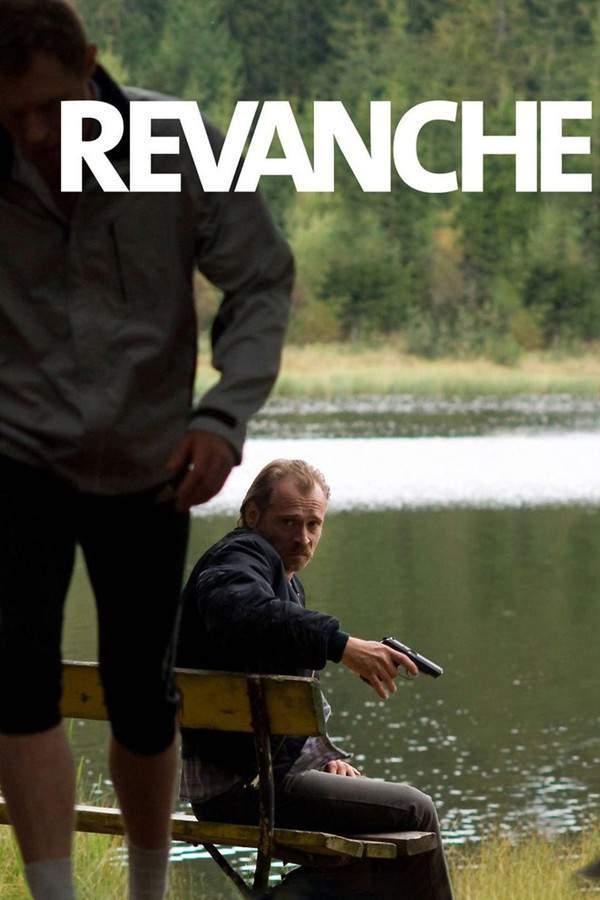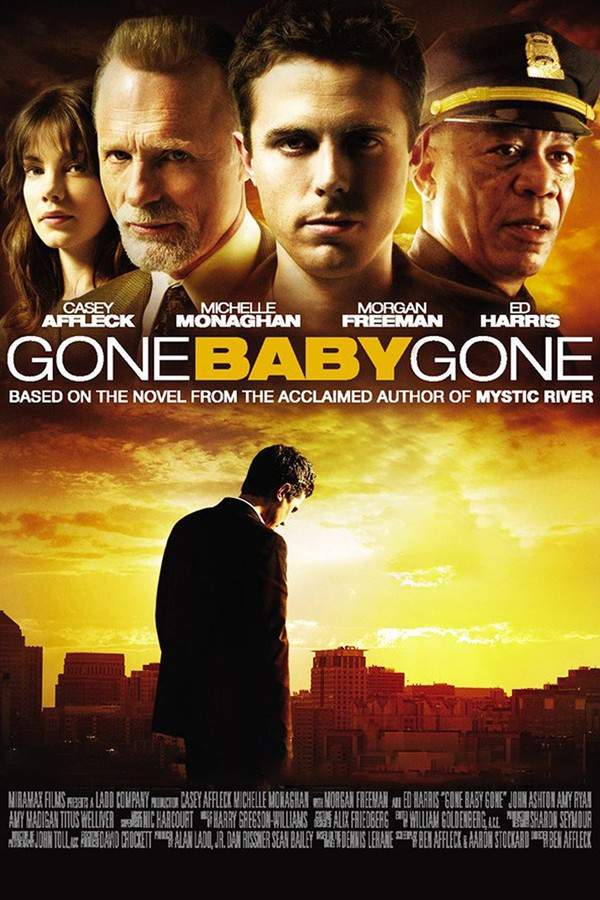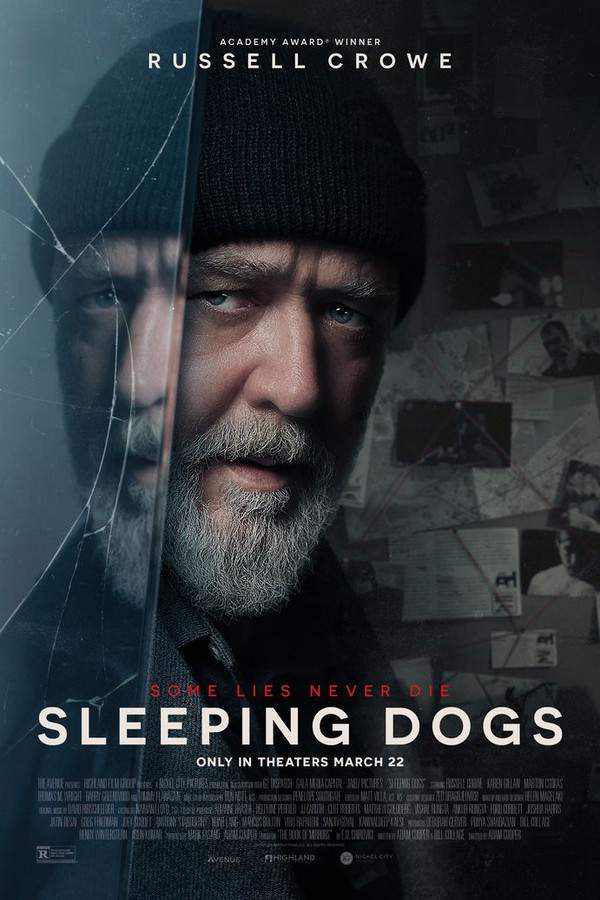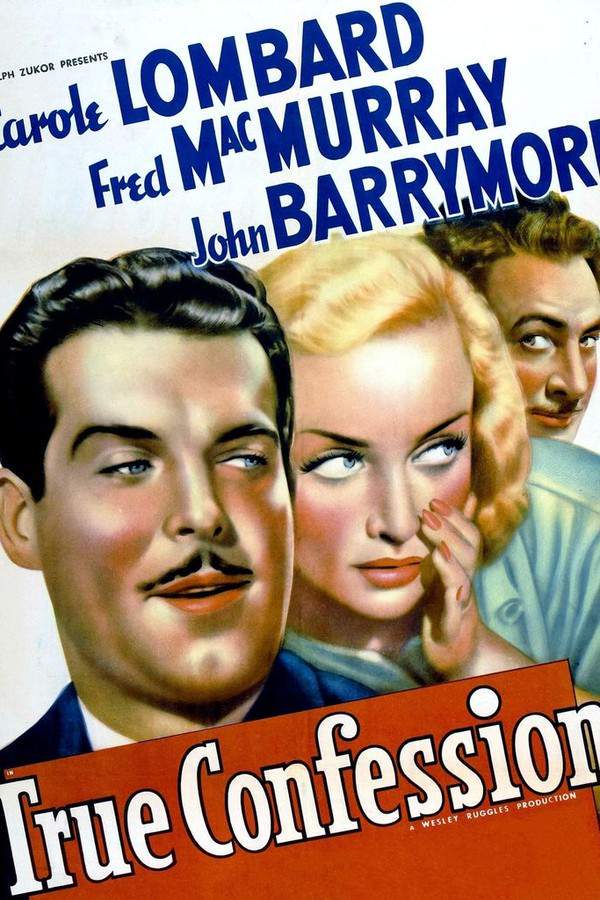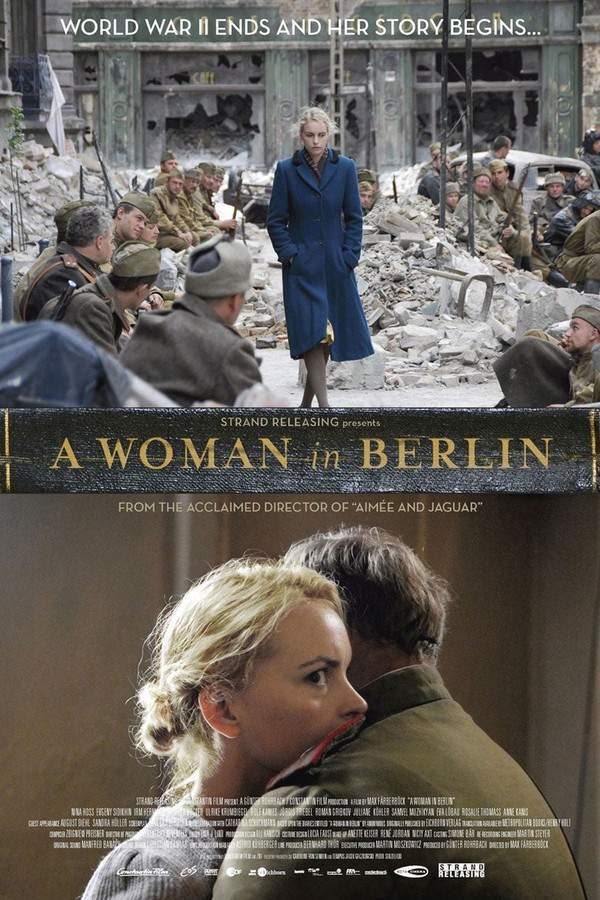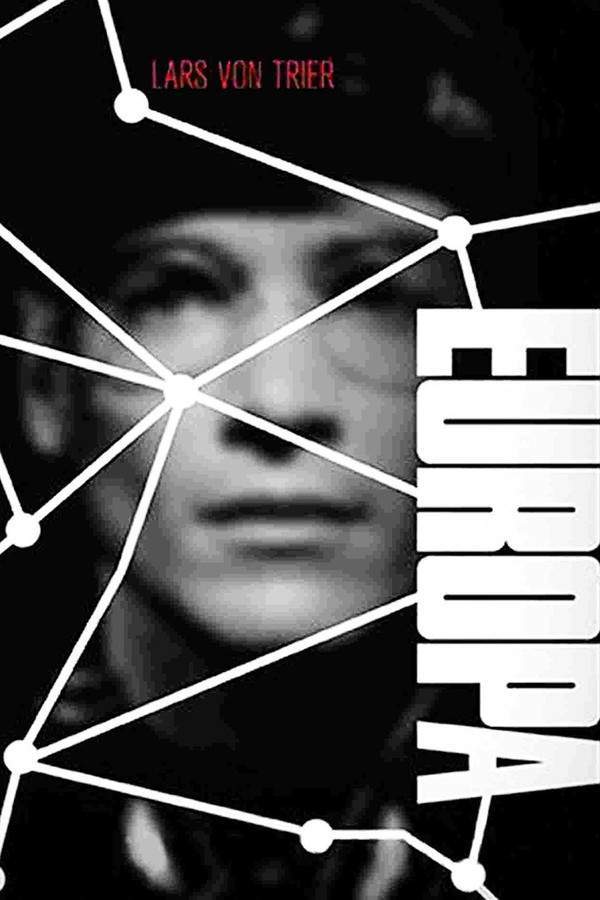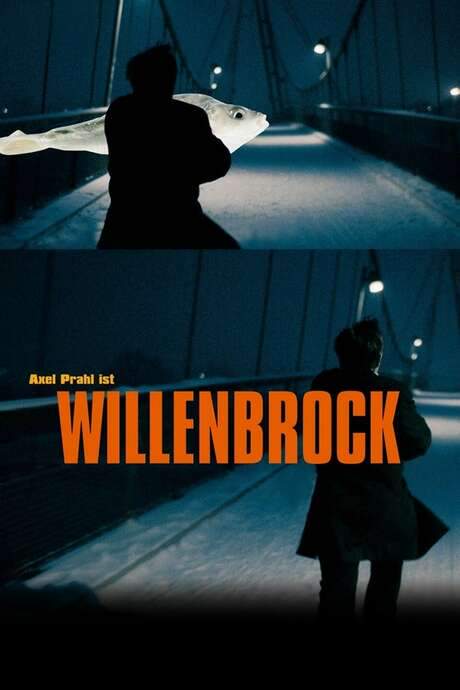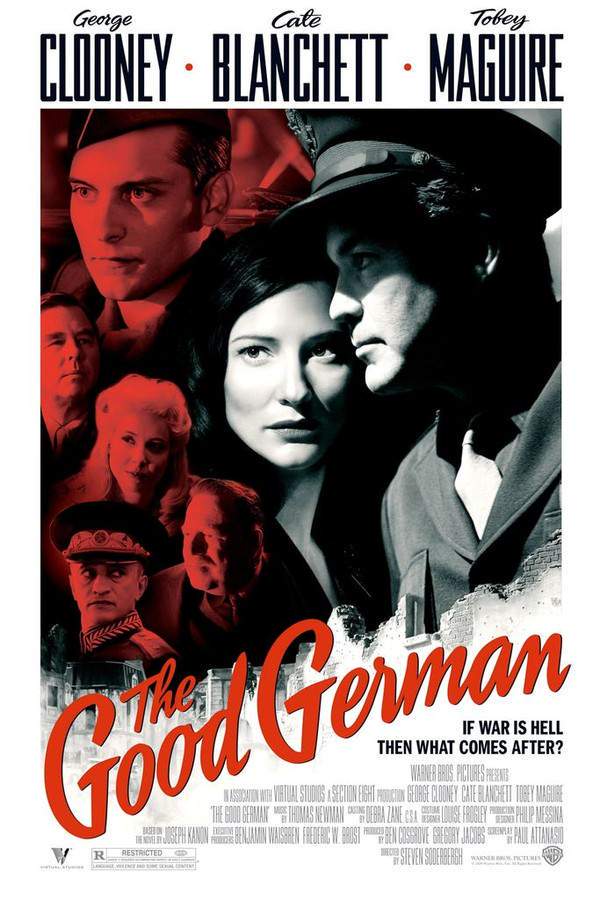
The Good German
Year: 2006
Runtime: 105 min
Language: English
Director: Steven Soderbergh
In post-war Berlin, journalist Jake Geismar reconnects with his former lover, Lena Brandt, to investigate the disappearance of her husband. The search leads them through a city grappling with the aftermath of war, where they encounter black market dealings and widespread moral ambiguity. Their driver, Tully, proves to be a complex figure whose loyalties remain unclear as they navigate the dangerous landscape and uncover a web of secrets.
Warning: spoilers below!
Haven’t seen The Good German yet? This summary contains major spoilers. Bookmark the page, watch the movie, and come back for the full breakdown. If you're ready, scroll on and relive the story!
The Good German (2006) – Full Plot Summary & Ending Explained
Read the complete plot breakdown of The Good German (2006), including all key story events, major twists, and the ending explained in detail. Discover what really happened—and what it all means.
Jacob “Jake” Geismar, portrayed by George Clooney, is an American war correspondent who makes his way back to Berlin during the Potsdam negotiations which took place after World War II ended in Europe, yet before conflict concluded in Asia. Upon his return, Jake is confronted with a disturbing reality when he witnesses his driver, Tully, a black-marketeering American soldier, being retrieved from a river near the Potsdam conference grounds—dead and mysterious. The shocking discovery reveals that Tully was in possession of 100,000 German reichsmarks, a shocking amount later traced back to the U.S. occupying forces.
As the narrative unfolds, Geismar finds himself caught up in a web of intrigue surrounding both the murder of his driver and the elusive search for a German named Emil Brandt, implicated in a profound conspiracy involving Soviet and American interests. His quest intertwines with his efforts to locate Lena Brandt, played by Cate Blanchett, a Jewish woman who had been his love interest prior to the war. Lena’s journey through the Holocaust was one marked by harrowing choices and deep secrets, living under the shadow of survival that goes beyond mere prostitution to reveal a darker guilt that haunts her.
Emil Brandt, a notable figure in this tale and a former SS officer, is depicted as the secretary to Franz Bettmann, the Chief Production Engineer of the V-2 rocket at the concentration camp Mittelbau-Dora. With multiple parties, including the Soviets, Americans, and British, vying for Emil’s capture for their clandestine motives, the Americans have already detained Bettmann, planning to integrate him into their Operation Overcast/Paperclip, a program aimed at recruiting German scientists for their rocket aspirations. They are fully aware of Bettmann’s dark past yet aim to obscure it, fearing that Emil’s insight into the atrocities could derail their plans.
As Geismar’s attempts to free Lena deepen, he becomes increasingly entwined in the pursuit of Emil Brandt. A pivotal moment occurs when Lena entrusts Emil’s notes on the Camp Dora operations to Geismar. Yet, their efforts to turn Emil over to the American prosecutor overseeing war crimes are thwarted when they are intercepted by American authorities intent on shielding Bettmann from exposure, leading to Brandt’s tragic murder. However, Geismar retains Brandt’s notebooks, which he subsequently barters with U.S. Army war crimes investigators, who are aligned with those seeking to suppress the truth, trading them for a Persilschein—a crucial denazification document that would enable Lena to escape to England or the U.S., leaving some ambiguity regarding her ultimate destination.
The film also subtly touches upon the horrors of Nazi human experimentation, through a minor character – a Jewish pawnshop owner who survived the Holocaust with his legs amputated, hinting at the bone transplantation experiments conducted at the infamous Ravensbrück concentration camp. This narrative weaves together themes of survival, moral complexity, and the haunting remnants of a war that shaped a continent’s fate.
Last Updated: November 03, 2024 at 14:33
Explore Movie Threads
Discover curated groups of movies connected by mood, themes, and story style. Browse collections built around emotion, atmosphere, and narrative focus to easily find films that match what you feel like watching right now.
Post-War Morality Stories like The Good German
Stories set in the ruins of conflict where survival requires moral compromise.If you liked the ethical dilemmas and historical setting of The Good German, explore more movies like it. This section features historical thrillers and dramas set in the aftermath of war, focusing on survival, moral ambiguity, and the complex choices faced by characters in a broken world.
Narrative Summary
Narratives in this thread typically follow an outsider or investigator entering a war-ravaged environment. Their quest for truth or a person becomes a journey through a landscape of moral decay, forcing them to confront their own complicity and make compromises that challenge their core principles. The central mystery often exposes a larger, systemic corruption.
Why These Movies?
Movies are grouped here for their shared setting in a post-war period and their intense focus on moral ambiguity. They create a consistent mood of grim paranoia and explore themes of survival guilt, compromised ideals, and the difficult reality of rebuilding amidst chaos.
Bleak Conspiracy Thrillers similar to The Good German
Grim detective stories where the search for truth leads to a corrupt heart.Fans of The Good German's complex plot and dark, paranoid atmosphere will find more movies like it here. Discover similar investigative noir films and conspiracy thrillers characterized by a steady pace, a cynical tone, and endings that are bittersweet or bleak, reflecting a corrupt world.
Narrative Summary
The narrative pattern involves a protagonist, often a journalist or detective, pursuing a seemingly straightforward case that unravels into a wide-reaching web of secrets and lies. The investigation forces them to navigate a world of untrustworthy characters and powerful, shadowy interests, culminating in a revelation that is morally costly rather than triumphant.
Why These Movies?
These films are grouped by their shared tone of cynical bleakness, their complex, conspiracy-driven plots, and their steady, deliberate pacing. They deliver a specific viewing experience defined by atmospheric tension, a morally compromised protagonist, and an ending that underscores the pervasive nature of corruption.
Unlock the Full Story of The Good German
Don't stop at just watching — explore The Good German in full detail. From the complete plot summary and scene-by-scene timeline to character breakdowns, thematic analysis, and a deep dive into the ending — every page helps you truly understand what The Good German is all about. Plus, discover what's next after the movie.
The Good German Timeline
Track the full timeline of The Good German with every major event arranged chronologically. Perfect for decoding non-linear storytelling, flashbacks, or parallel narratives with a clear scene-by-scene breakdown.

Characters, Settings & Themes in The Good German
Discover the characters, locations, and core themes that shape The Good German. Get insights into symbolic elements, setting significance, and deeper narrative meaning — ideal for thematic analysis and movie breakdowns.

The Good German Spoiler-Free Summary
Get a quick, spoiler-free overview of The Good German that covers the main plot points and key details without revealing any major twists or spoilers. Perfect for those who want to know what to expect before diving in.

More About The Good German
Visit What's After the Movie to explore more about The Good German: box office results, cast and crew info, production details, post-credit scenes, and external links — all in one place for movie fans and researchers.

Similar Movies to The Good German
Discover movies like The Good German that share similar genres, themes, and storytelling elements. Whether you’re drawn to the atmosphere, character arcs, or plot structure, these curated recommendations will help you explore more films you’ll love.
Explore More About Movie The Good German
The Good German (2006) Scene-by-Scene Movie Timeline
The Good German (2006) Movie Characters, Themes & Settings
The Good German (2006) Spoiler-Free Summary & Key Flow
Movies Like The Good German – Similar Titles You’ll Enjoy
The Lives of Others (2006) Full Summary & Key Details
A Woman in Berlin (2009) Plot Summary & Ending Explained
The Stranger (1946) Complete Plot Breakdown
Baden Baden (2016) Spoiler-Packed Plot Recap
Europa (1992) Plot Summary & Ending Explained
Germany. A Winter’s Tale (2018) Full Movie Breakdown
Good Girl Gone Bad (2019) Full Summary & Key Details
The Berlin Affair (1985) Plot Summary & Ending Explained
Willenbrock (2005) Full Movie Breakdown
The Good Soldier (1981) Movie Recap & Themes
The Night of the Generals (1967) Movie Recap & Themes
Nazi Agent (1942) Detailed Story Recap
Just a Gigolo (1978) Film Overview & Timeline
Address Unknown (1944) Movie Recap & Themes
The Red Nights of the Gestapo (1977) Spoiler-Packed Plot Recap

